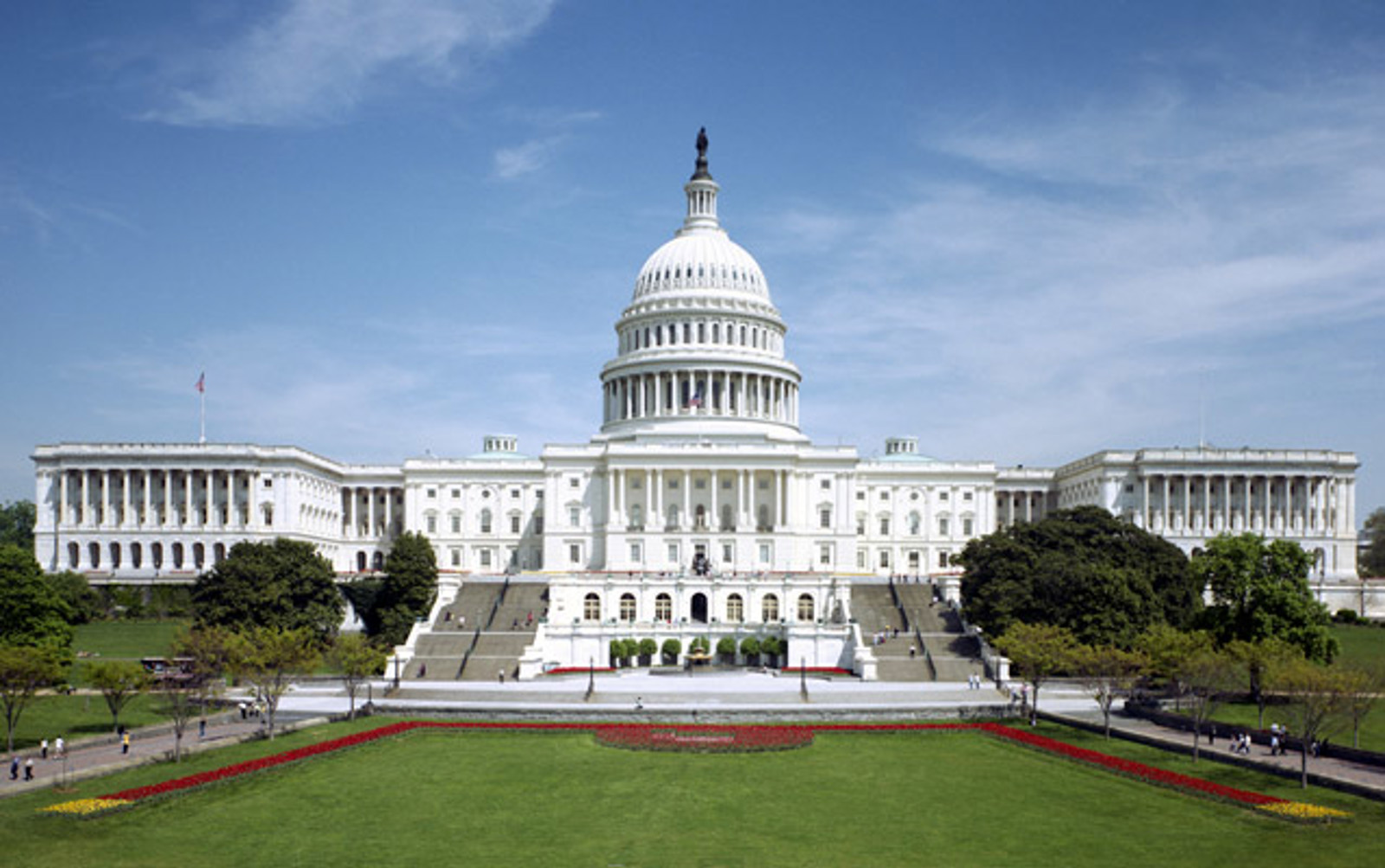House Republicans Propose Major Overhaul of the Higher Education Act
Looking to address “the inflated cost of obtaining a college degree,” Rep. Virginia Foxx (R-NC), chair of the House Committee on Education and the Workforce, introduced the College Cost Reduction Act, a bill that would reauthorize a substantial portion of the Higher Education Act. As a result, the bill features a number of new accountability measures that would make radical changes to the Title IV student loan programs.
Although the proposed legislation incorporates provisions that would benefit both students and private, nonprofit colleges and universities, the bill nevertheless contains several problematic measures that NAICU strongly opposes, including loan limits linked to college cost, the elimination of important Title IV programs, institutional risk sharing, and concerning changes to accreditation.
Among the positive provisions in the bill are the creation of a Pell Plus program, a proposal that would allow certain baccalaureate students who are on time for completion to access double Pell Grants during their junior and senior years. Also included are several meaningful reforms to the student loan system, including the elimination of interest capitalization and origination fees for federal student loans, the establishment of program review time limits, increased student loan rehabilitation access, and the ability for institutions to adjust federal student loan limits. In addition, the bill would repeal a significant number of problematic regulations, including those on financial value transparency and gainful employment, guidance on personal responsibility for financial losses related to Title IV, and many more.
NAICU prepared a summary of the key aspects of the legislation and Foxx’s office also released a fact sheet and its own summary.
The more controversial provisions in the bill include:
Caps on Title IV Aid Linked to College Costs. Beginning July 1, 2025, the maximum amount of federal student aid that a student could receive would be limited to the median cost of college, which is defined as the median cost of the program of study a student is enrolled in across of higher education institutions, based on the preceding award year. The bill does not describe how pre-major students’ cost of college is calculated. The bill would also limit the maximum Pell Grant award to the median cost of the program of study a student is enrolled in, regardless of the maximum award amount for that award year. The cost of college calculation does not account for sector differences and would thus be a disadvantage for private colleges, which would be measured in the same grouping as public colleges, despite the lack of state support.
Elimination of Major Loan and Grant Programs. The bill would sunset the Grad and Parent PLUS loan programs on July 1, 2025, and eliminate the Federal Supplemental Education Opportunity Grant (SEOG) and Leveraging Education Assistance (LEAP) programs, on September 30, 2026. In place of SEOG and LEAP, the bill would create a new performance-based formula grant program that would award funding to schools based on institutional behavior and student outcomes, such as earnings and low-income student enrollment. The maximum award would be $5,000 per federal student aid recipient. For institutions to participate in this program, they would need to comply with several new requirements, such as providing prospective students with “maximum price guarantees” – a maximum total price a student must pay for a degree program – and publishing such guarantees for all programs at the institution in all media, marketing materials, and official publications.
Institutional Risk-Sharing. Beginning July 1, 2024, the bill would require institutions to annually pay the government a certain percentage of their former students’ – both graduates and non-completers – unpaid loan principal and interest. These payments would be calculated according to several new formulas for each cohort of students in each program offered at an institution. If a school were to miss payments, consequences would escalate over time, starting with additional interest added to the required payments and ending with the loss of the institution’s Title IV eligibility.
Accreditation Reform. The bill would overhaul the current accreditation system by, among other things:
- Requiring accreditors to focus on student outcomes, including price versus student earnings, learning outcomes, labor market outcomes, and student success outcomes;
- Allowing states to designate industry-specific accreditors;
- Codifying the 2019 Trump regulations eliminating regional accreditation;
- Permitting institutions to change accreditors without approval of the Department of Education;
- Adding new provisions requiring accreditors to respect an institution’s religious mission;
- Limiting who could serve on accreditors’ boards or governing bodies to avoid conflicts of interest;
- Reducing the types of actions subject to substantive change review;
- Prohibiting accreditors from establishing litmus tests or assessing the role of elected and appointed state and federal officials;
- Allowing longer recognition periods for high-performing accreditors;
- Limiting Secretarial and accreditor authority to establish additional requirements beyond those set forth in statute; and
- Requiring accreditors to establish a risk-based review process.
Contacts: Jody Feder

